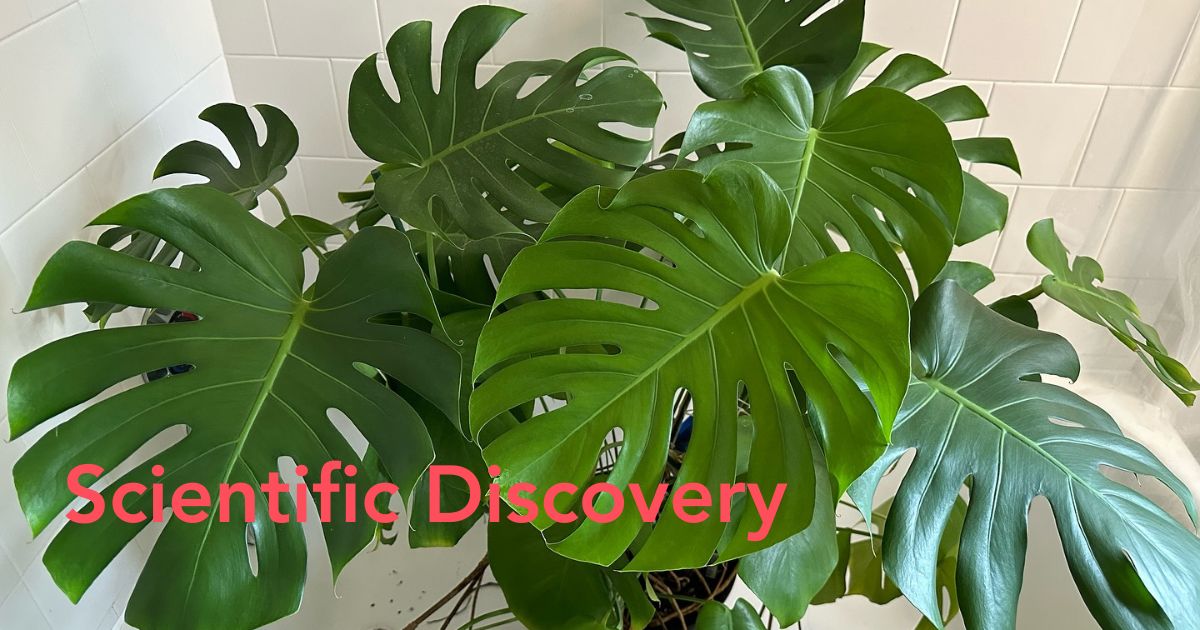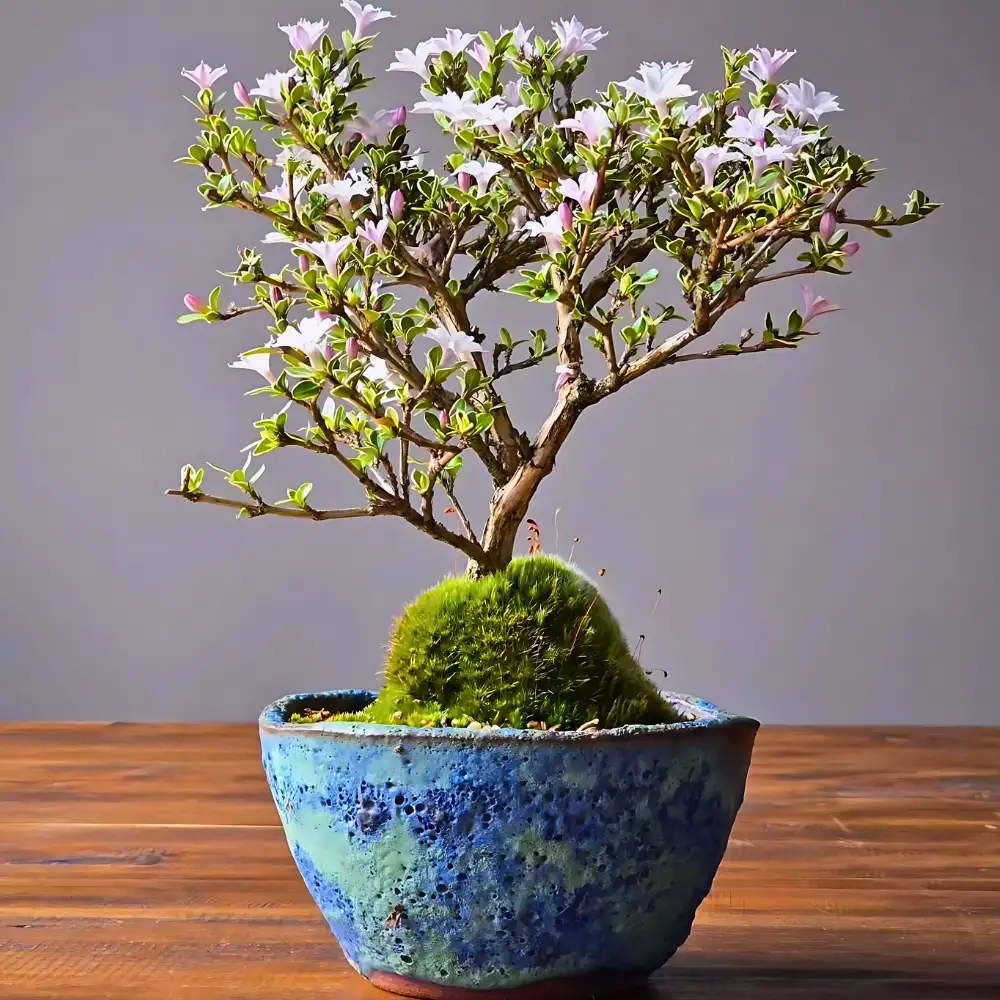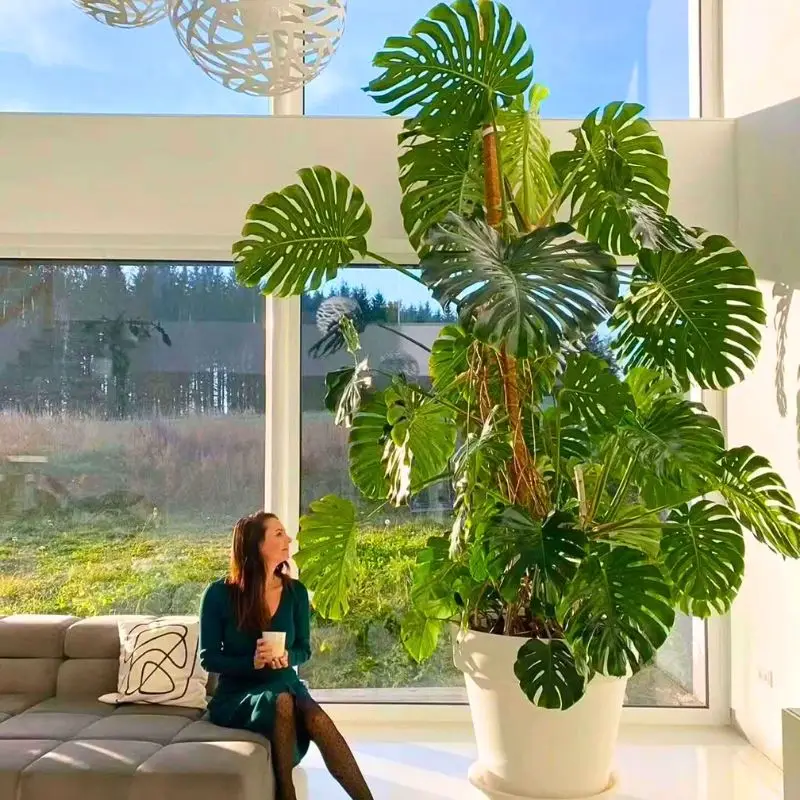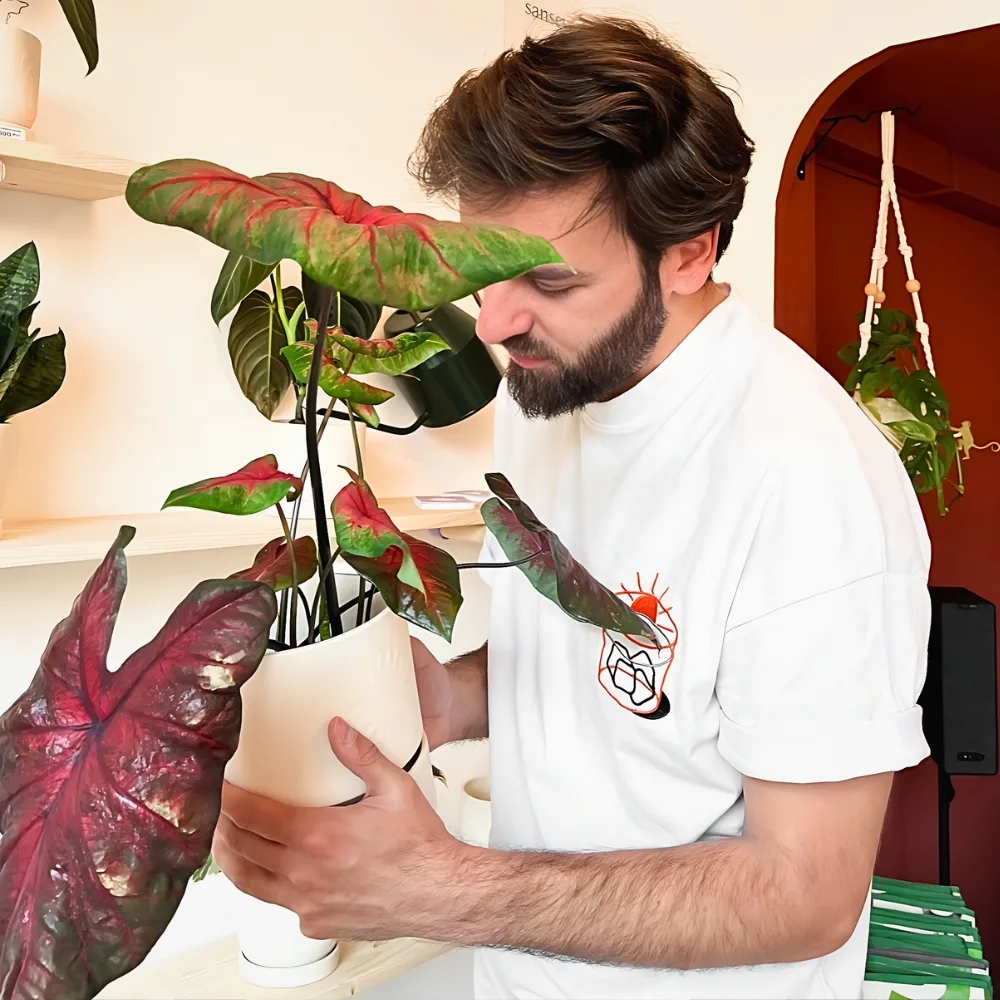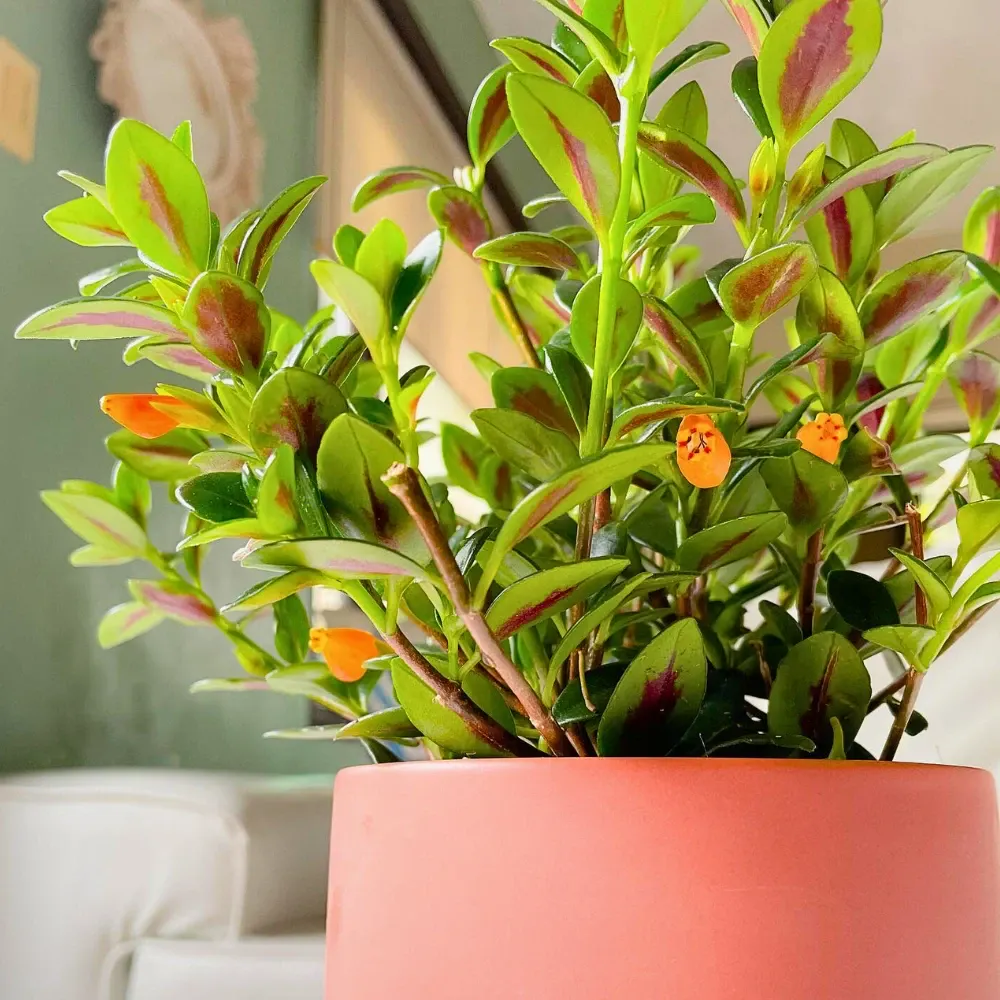In plant science, students can learn about plant growth, adaptation, and survival. These experiments for different ages promote hands-on learning, scientific thinking, and environmental awareness. Photosynthesis and nutrient absorption are meant to simplify complicated processes. These activities teach plant biology and develop critical thinking and curiosity, essential to scientific discovery. Explore these fantastic plant science activities to encourage students to learn about the green world. You can also read more about How To Prevent Heat Stress In Indoor Plants
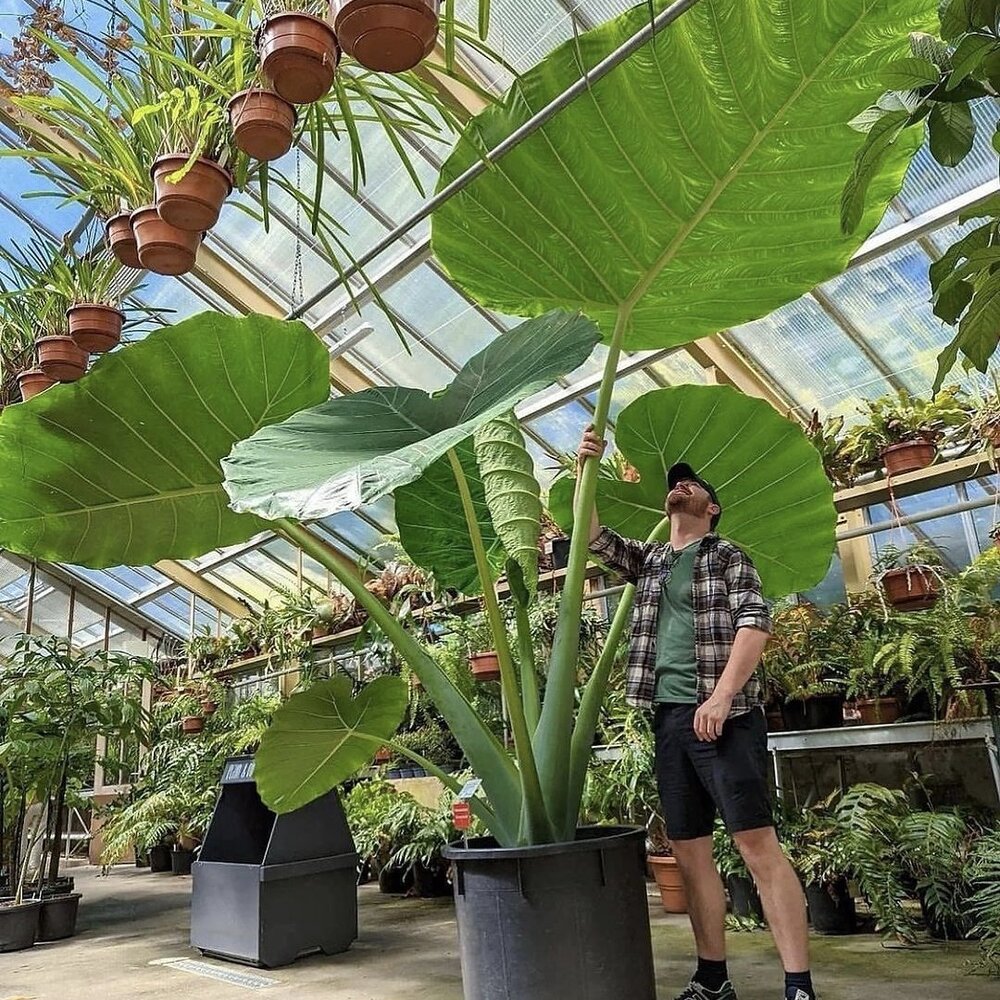
Benefits of Hands-On Plant Experiments
Plant science projects provide a hands-on approach that helps students grasp scientific principles immediately, making complex topics like photosynthesis, respiration, and nutrient absorption easier to understand. Turning to resources like EssayMarket can be especially helpful if these topics are challenging. Reading essay market reviews can give you a clear insight into how the platform supports students by offering comprehensive writing assistance, perfect for delving into scientific subjects. By combining their learning from platforms like EssayMarket with practical experience—touching seeds, watering plants, and assessing soil pH—students can build a deeper connection to the material, fostering a strong, interactive, and rewarding scientific understanding.
Experiment 1 - Investigating Photosynthesis in Plants
Photosynthesis releases oxygen when plants convert sunlight, carbon dioxide, and water into food. It's essential for plant life and indirectly for most other living forms. Students can see photosynthesis in action by seeing oxygen bubbles emerge on leaves submerged in water. This experiment helps students understand how plants create oxygen and energy. This simple yet impressive presentation shows a complicated biological mechanism that balances our planet's ecosystems. For your reference we also have an article on Top 8 Indoor Plants at Home to Improve Indoor Air Quality
Materials Needed
This photosynthesis experiment requires fresh leaves (spinach or ivy are best owing to their high chlorophyll content), glass beakers or transparent cups, baking soda, water, and a needleless syringe. The baking soda supplies carbon dioxide for photosynthesis, while the syringe removes air from the leaves to let them settle in the fluid for better observation.
Procedure
- Begin by filling a beaker with water and adding a small amount of baking soda as a carbon dioxide source.
- Use the syringe to create a vacuum, which removes any trapped air in the leaves, causing them to sink into the solution.
- Place the beaker with the leaves in a sunny location and observe as tiny bubbles form on the leaf's surface over time.
This experiment shows students how plants produce air by releasing oxygen bubbles during photosynthesis. Students learn about photosynthesis and experimental observation through this procedure.
Experiment 2 - Testing Soil pH and Plant Growth
Soil acidity or alkalinity affects plant health and growth. Students will evaluate soil samples to find the best pH for plant development in this project. Understanding soil pH affects nutrient availability; certain plants flourish in acidic soil, while others require neutral or slightly alkaline. This project will teach students about soils' chemical makeup and how they promote plant life.
Materials Needed
This experiment requires soil samples from several places to introduce variability. A pH test kit or pH strips, tiny plant pots, and seeds (radishes or beans germinate quickly) are also needed. An adaptable experiment for soil chemistry and plant care, testing different soil types, enables students to see how plants respond to varied pH levels.
Procedure
- Collect soil samples from several locations to provide a diverse range of pH values.
- Use the pH test kit or strips to measure the pH of each sample, noting the differences.
- Plant seeds in each soil type, then water and monitor their growth over two weeks, documenting any variations.
This experiment shows how soil chemistry impacts plant health and why farmers monitor pH. Students will see how pH affects plant development, making combining chemical and biological ideas a fascinating approach.
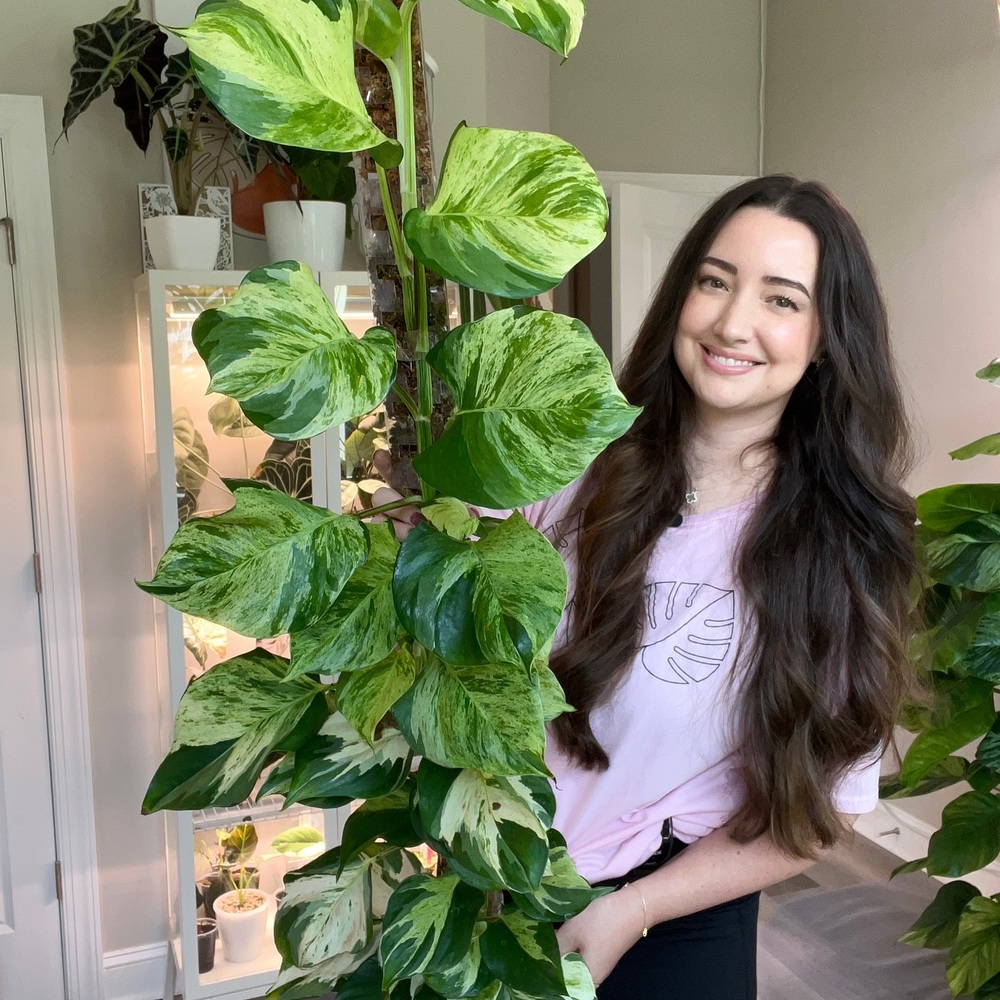
Experiment 3 - The Effect of Light on Seed Germination
Most plant growth depends on light, including germination and blooming. This experiment shows students how light affects seed germination, showing whether seeds sprout quicker or slower. Botany, agriculture, and gardening require knowledge of how light affects plants. This project shows students how light affects plant development, encouraging critical thinking about environmental influences on living things.
Materials Needed
Gather transparent plastic cups, cotton balls, water, seeds (cress or beans work nicely), and aluminum foil for this experiment. Some cups' foil will filter light, letting students examine varied light situations. The basic setup enables tracking germination rates under varied lighting settings, which is a practical introduction to light's function in plant biology.
Procedure
- Line each cup with damp cotton balls and place a few seeds on top.
- Cover half of the cups with aluminum foil to create a dark environment.
- Place all the cups near a consistent light source and observe the seeds’ progress over a week, comparing growth in light versus darkness.
In this experiment, students will witness how plants react to varying light levels, presenting a real-world illustration of how environmental circumstances impact living things. It's fun to examine plant reactions and sunlight's role in development.
Experiment 4 - Capillary Action in Plants
Water flows up a plant's stem and into its leaves via capillary action. This experiment shows students how water moves along a plant's vascular system using colored water. Students learn how plants get water and nutrients from the soil through capillary action, which is essential to plant health. This experiment reveals a vital plant mechanism.
Materials Needed
This experiment requires white carnations or celery sticks, glass jars or cups, food coloring, and water. Food coloring lets students see capillary action as water moves through the plant.
Procedure
- Fill the jars with water, adding a few drops of food coloring to each jar.
- Place a carnation or celery stick in each jar and observe the color changes over the next 24 hours as the plant absorbs the water.
Capillary motion is shown as colored water goes up the stem. Students learn how the plant's vascular system distributes nutrients by seeing how water is transferred.
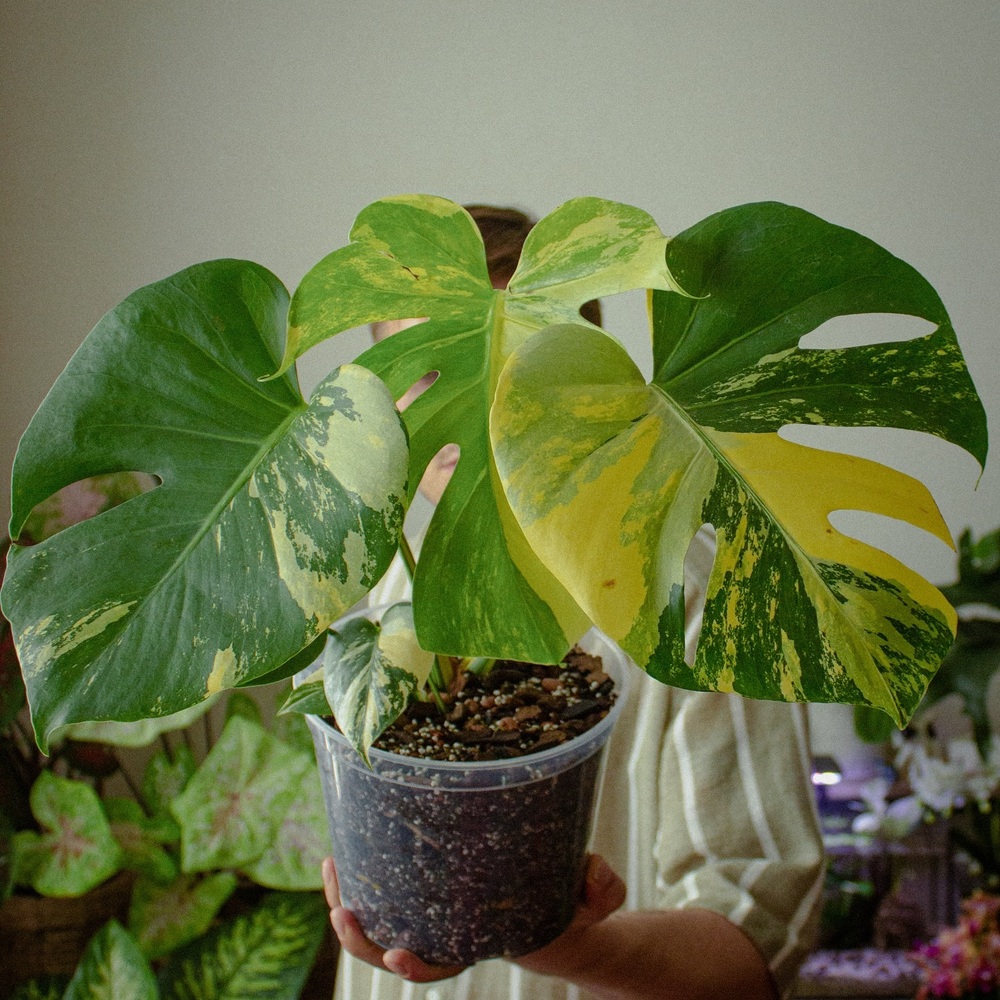
Experiment 5 - Observing Plant Respiration
Respiration allows plants to "breathe" carbon dioxide and oxygen during the day. This experiment compares plant respiration under light and darkness. Students must understand respiration and why plants are crucial for sustaining oxygen levels. This exercise graphically illustrates respiration and explains how plants contribute to our air, demonstrating the interdependence of plant and animal life.
Materials Needed
This experiment requires fresh green leaves, two glass jars, water, tiny candles, and a lighter. The candles show oxygen availability, allowing students to monitor plant respiration in light and dark circumstances.
Procedure
- Place a leaf in each jar, adding a few drops of water.
- Light a candle, place it next to the leaf in the jar, and seal it.
- Place one jar in direct light and the other in a dark location, observing how long the candle burns in each jar.
Students may observe how photosynthesis and respiration impact air quality by comparing oxygen levels in light and dark conditions, demonstrating how plants balance atmospheric gasses.
The Importance of Plant Science in Education
Understanding ecosystems, food supplies, and environmental health requires plant research. Most food chains start with plants, which fuel many species. By studying plant science, students may comprehend how essential plants are to maintaining life on Earth. Plants provide oxygen and sequester carbon; thus, these studies help students understand agriculture, sustainability, and climate science. Starting plant science early enhances students' understanding, respect for nature, and environmental care. However, if you’re not deeply involved in plant studies and need a boost, you can delegate some practical tasks to an excellent platform. Write paper for me reviews offer a wide range of services, allowing you to find experts who can help you explore any topic you need in-depth.
Conclusion - Learning Through Exploration
These activities teach students about photosynthesis, nutrition absorption, and environmental implications. These activities make science fun and accessible by connecting theory and practice. Plant science projects teach students about plants' complexity and importance, sparking curiosity, environmental awareness, and biological appreciation. Students may learn science and respect the environment by doing these activities.

